Constipation in children has reported prevalence rates between 1% and 30%. It is the principal complaint in 3 – 5% of all visits to pediatric outpatient clinics and as many as 35% of all visits to pediatric gastroenterologists.
Constipation is generally defined as a delay or difficulty in defecation, present for 2 weeks or more, and sufficient to cause significant distress to the patient. There may be
- Defecation frequency less than 3 times per week
- Fecal incontinence frequency greater than once per week
- Passage of large stools that clog the toilet
- Palpable abdominal or rectal fecal mass
- Stool withholding behavior
- Painful defecation
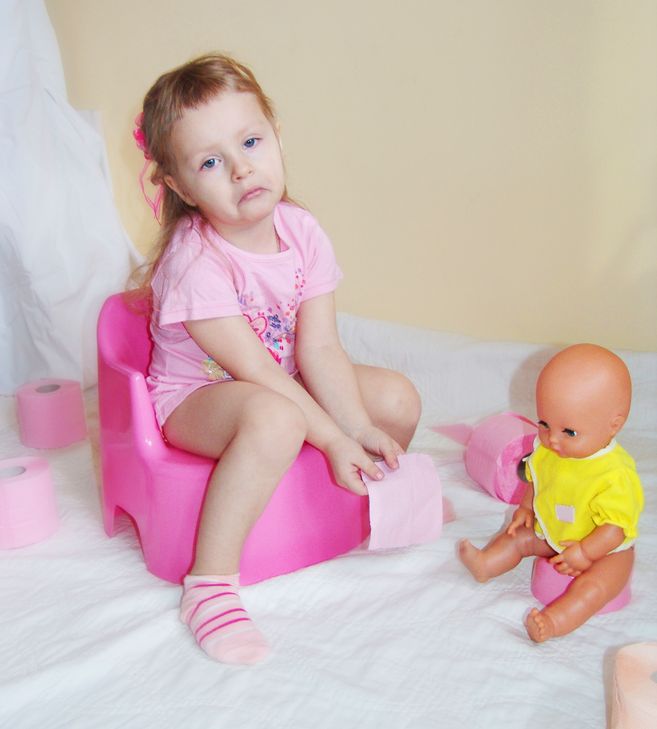
Causes
In most children, constipation is functional (i.e without objective evidence of a pathological condition). The commonest cause of constipation is insufficient intake of vegetables, fruits or fluid. Other rare causes may include:
- Lack of nerve cells in, or narrowing of the lower end of the large intestine
- Defects of the lower spinal cord
- Under-functioning of the thyroid gland. These can be excluded by medical consultation.
Symptoms
Most bouts of constipation in children last just a few days.
Chronic Constipation
Commonly develops in children between the age of 2 and 4 years. Symptoms and features of chronic constipation include:
- Recurrent discomfort and distress when trying to pass a stool
- Regular soiling of pants with very soft faeces or faecal stained mucus
- Child may become irritable, not eat much, feel sick, have tummy pains from time to time, and may be generally out of sorts
- A doctor can feel a backlog of hard lumpy stools when he or she examines the child’s abdomen
Painful defecation has been proposed as the primary cause of functional fecal retention in early childhood.
Excerpt taken from: It Hurts When I Poop! A Story for Children Who Are Scared to Use the Potty. Howard J. Bennett
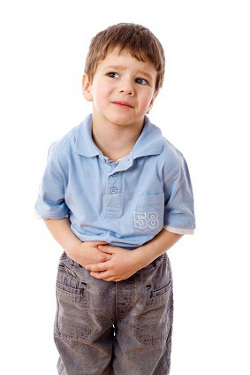
Witholding
Normally, stools build up in the lower bowel. When stools accumulate, they start to pass into the rectum which widens. This stretch sends nerve messages to the brain which say ‘you need to go to the toilet’. To go to the toilet then takes a little bit of effort to push out the stools.
If the messages are ignored and the child holds on to avoid pain or possible tear of the anus, then stools remain in the rectum. To hold faeces, toddlers and even older children tend to cross their legs, stand rigidly upright, squat quietly in a corner, walk on tiptoes, or hold on to furniture.
Large hard stools may then build up in the rectum and may then widen and enlarge much more than normal. The normal sensation of needing the toilet is reduced. Also, the ‘power’ to pass out a large stool is reduced (the rectum becomes ‘floppy’). The lowest part of an impacted stool lies just above the anus.
Some of this stool liquefies (becomes ‘runny’) and leaks out of the anus. Also, some softer, more liquid stools from higher up the colon may ‘bypass’ around the impacted hard stool. This ‘soils’ the child’s pants or bedclothes and can be mistaken for diarrhea. The child has no control of this leaking and soiling. When a stool is eventually passed, because the rectum is distended and weakened, it simply fills up fairly quickly again with more, hard stool from the backlog behind.
Risk Factors
Constipation per se does not have any deleterious systemic effects. A back-up of stools does not lead to accumulation of toxin in the blood.
When to seek help?
- Delayed passage of stools for more than 48 hours after birth
- Any child, especially if less than one year of age, with bloated abdomen, green vomitus, bloody stools and failure to gain weight
- Constipation that fails to improve with increase fibre and fluid intake
- Constipation associated with lower limb or bladder problems
- Fatigue, cold intolerance, slow heart rate, mental retardation
- Abnormal position or appearance of anus on physical examination
Management
Management in general practice combines behavioural modification techniques with prolonged courses of laxatives. Treatment is usually successful but may take up to 6–12 months. Significant numbers of children with initially good responses to therapy for constipation relapse in the long term. Long-term relapse is more frequent in children under 4 years at onset of symptoms and in whom there is a history of faecal soiling associated with constipation.
1. Diet

Management begins with dietary modification, increasing the intake of fluids (especially fruit juice, prune juice) as well as vegetables and fruits in the diet. There is evidence that increasing dietary fibre increases the frequency of bowel actions in children. If dietary fibre is deficient, then this should be optimised. There is little evidence to support the use of fibre in excess of recommended intakes in children. Dietary changes are unlikely to be helpful if the main mechanism of constipation is withholding behaviour.
2. Medications
A laxative is usually prescribed with the aim to clear any impacted (stuck) stool. This can usually be done fairly quickly with a good dose of a strong laxative. Sometimes a suppository or enema is needed to clear a large impacted stool.
- Bulk-forming agents (e.g bran, ispaghula husk, methylcellulose and sterculia.) These make the stools softer but bulkier and give the bowel more to ‘work on’.
- Tool softeners (e.g docusate sodium) These work by ‘wetting’ and softening the stools.
- Osmotic laxatives (e.g lactulose and polyethylene glycol). These work by retaining fluid in the large bowel by osmosis (so less fluid is absorbed into the bloodstream from the large bowel).
- Stimulant laxatives (e.g senna or docusate). Act on the muscle in the wall of the bowel to ‘squeeze’ harder than usual. More than one type of laxative may be used. Occasionally, enemas may be required, especially if there is no output for more than 3 days. After the impacted stool has been cleared, it is important to continue with ‘maintenance’ laxatives as prescribed by your doctor. This can be for several months, even for up to two years. If laxatives are stopped too soon, a large stool is likely to recur again in the weakened ‘floppy’ rectum which has not had time to get back to normal size and strength.
3. Maintenance Therapy
- The crucial aspect of long-term maintenance therapy is establishing a regular toileting regimen generally about two to three times a day for 5–10 minutes at a time after meals, with the child being praised for complying.
- It is important to ensure appropriate toileting posture and comfortable foot support with the feet flat.
- Behaviour modification can be documented in a toileting diary, which is used to record toileting frequency (usually with a tick), successful passage of stool in the toilet and soiling free days (with a star), daily medications, and episodes of soiling. Stool reimpaction is less likely to occur if stools are being passed daily.
In the management of constipation, one needs to remember that the problem is common. It is not the child’s fault. Constipation can be treated; it may require some time.
By Dr Nancy Tan, Paediatrician
SBCC Baby and Child Clinic
Special Interest in Gastroenterology, Hepatology and Nutrition
Practice Address
6 Napier Road, #09-05 Gleneagles Medical Centre Singapore 258499
Tel: 6235 6706
This article was first published in The New Age Parents e-magazine.
If you find this article useful, do click Like and Share at the bottom of the post, thank you.
Want to be heard and seen by over 100,000 parents in Singapore? We can help! Leave your contact here and we’ll be in touch.




































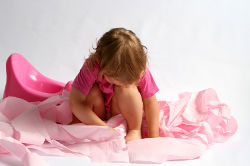
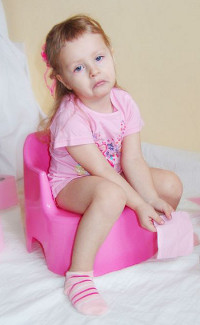
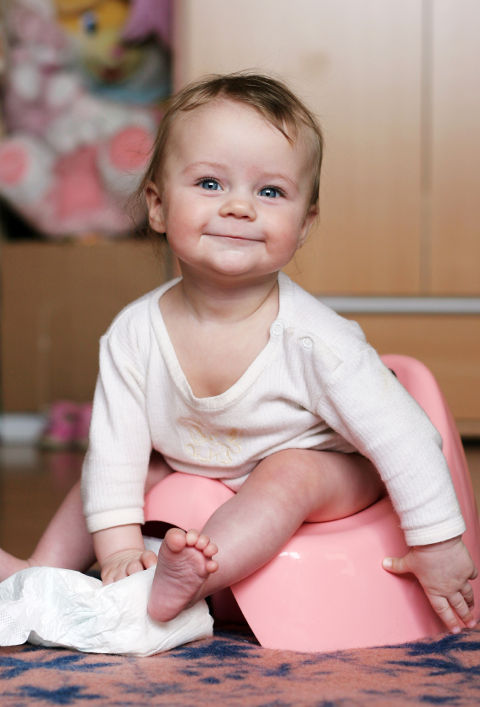
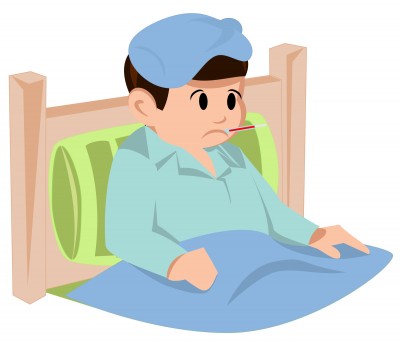



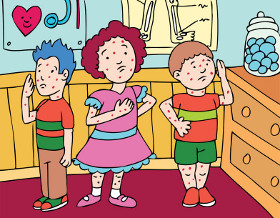
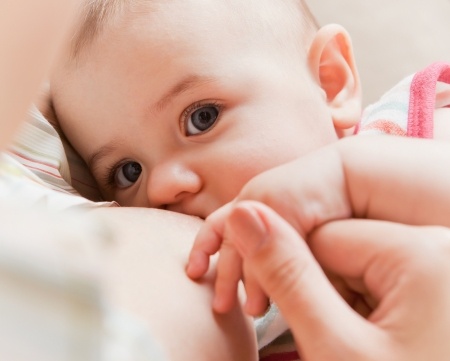
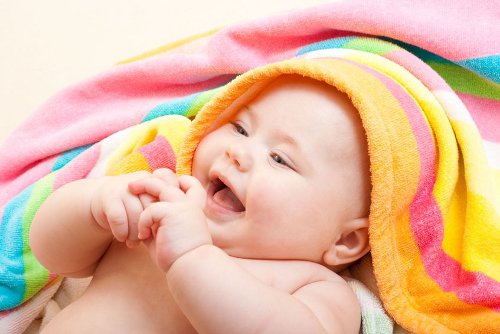












Leave a Comment: